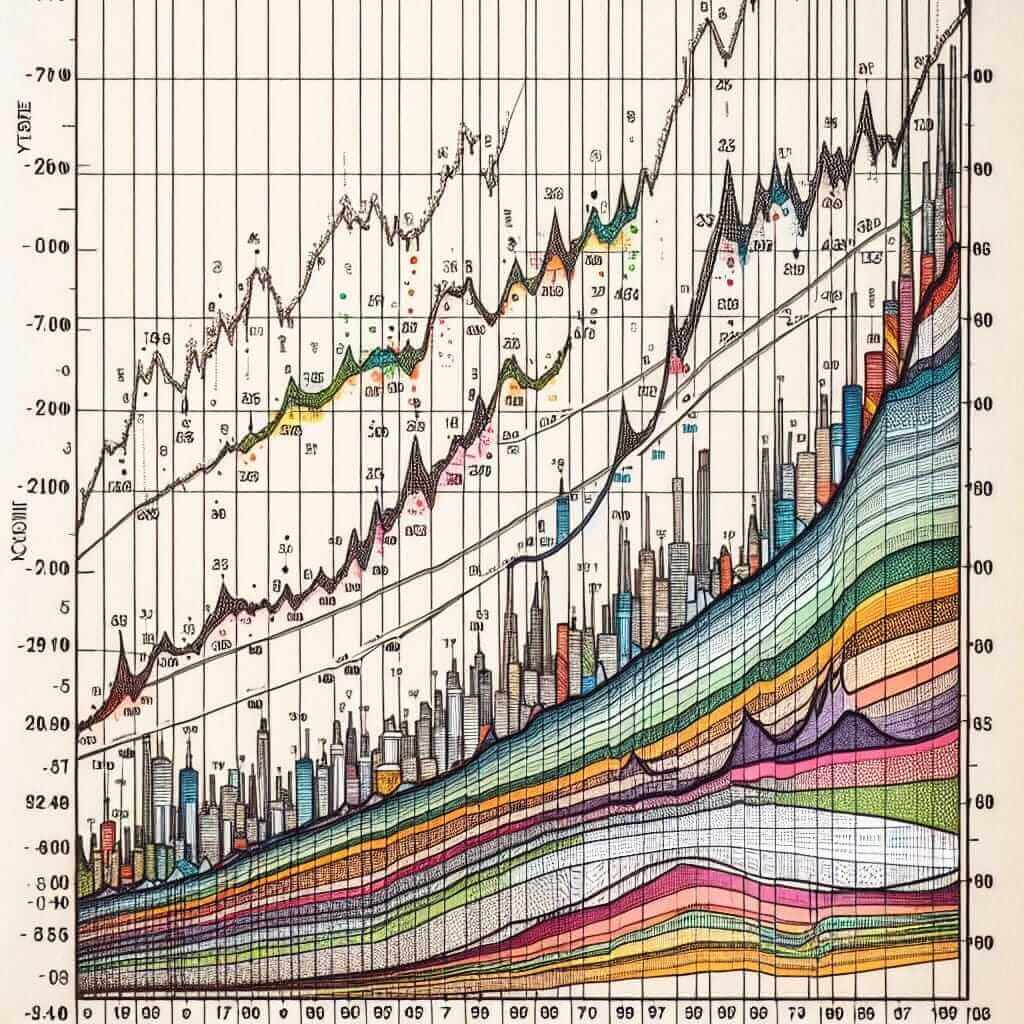As an IELTS instructor with over two decades of experience, I often encounter students asking, “How many questions are there in IELTS Writing Task 1?”. It’s a valid question, as understanding the task’s structure is key to achieving a high band score. Let’s break down this common query and equip you with the knowledge to conquer the IELTS Writing Task 1.
Deciphering the Question: It’s Not What You Think!
Here’s the surprising truth: There isn’t a direct question in IELTS Writing Task 1. Instead, you’re presented with a visual input – a graph, chart, diagram, or process – and given a specific task. This task acts as your prompt, guiding your written response.
Think of it this way: instead of answering a question, you’re describing and explaining the information presented visually. You need to showcase your ability to:
- Analyze data: Identify key trends, patterns, and significant details within the visual input.
- Synthesize information: Connect different data points to present a coherent and comprehensive overview.
- Report accurately: Use precise language and appropriate vocabulary to describe the information objectively.
Mastering IELTS Writing Task 1: Your Roadmap to Success
While there’s no single question to answer, approaching the task strategically is crucial:
-
Understand the Visual: Spend a few minutes carefully analyzing the provided graph, chart, or diagram. What type of data does it present? What are the units of measurement? What is the time frame (if applicable)?
-
Plan Your Response: Outline the key features you’ll highlight. Group similar data points and consider the most logical flow for your description.
-
Write Clearly and Concisely: Use a formal tone and avoid informal language. Maintain a clear structure with an introduction, body paragraphs (usually 2-3), and a conclusion (optional for Task 1).
-
Showcase Your Vocabulary: Demonstrate your range of vocabulary related to trends, comparisons, and data interpretation. Use synonyms to avoid repetition.
-
Proofread Meticulously: Allocate time for thorough proofreading to correct any grammatical errors, spelling mistakes, or inaccuracies in data representation.

Example: Putting it into Practice
Let’s say your Task 1 presents a line graph showing the population growth of two cities over 50 years. Your task is to write a report describing the information shown in the graph.
Instead of searching for a hidden question, focus on:
- Overall Trends: Are the populations increasing or decreasing? Is one city growing faster than the other?
- Key Features: Are there any significant periods of rapid growth or decline? Are there any points where the populations intersect?
- Data Comparison: How do the two cities compare in terms of population size at the beginning and end of the period shown?
Achieving a High Band Score: Tips from the Expert
- Don’t Include Your Opinion: Stick to objective reporting of the data. Avoid personal opinions, predictions, or speculations.
- Focus on Coherence and Cohesion: Use linking words and phrases to connect your ideas and create a smooth flow of information.
- Manage Your Time Wisely: Allocate approximately 20 minutes for Task 1, leaving ample time for Task 2, which carries more weight.
Conclusion
Remember, success in IELTS Writing Task 1 hinges on your ability to accurately and effectively communicate the information presented visually. By understanding the task’s structure, employing a strategic approach, and honing your analytical and language skills, you can confidently tackle any visual input that comes your way.